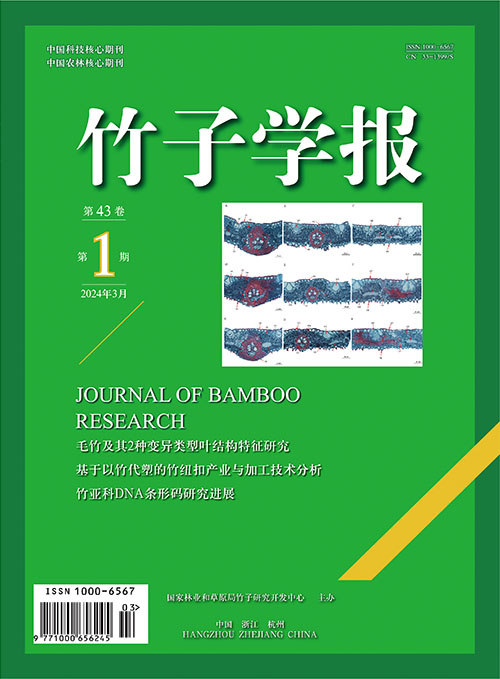2020 Vol. 39, No. 3
Display Method:
2020, 39(3): 12-19.
Abstract:
2020, 39(3): 20-26.
Abstract:
2020, 39(3): 27-33.
Abstract:
2020, 39(3): 34-39.
Abstract:
2020, 39(3): 40-48.
Abstract:
2020, 39(3): 49-57.
Abstract:
2020, 39(3): 58-66.
Abstract:
2020, 39(3): 67-72.
Abstract:
2020, 39(3): 73-77.
Abstract:
2020, 39(3): 78-90.
Abstract:
2020, 39(3): 91-94.
Abstract:



